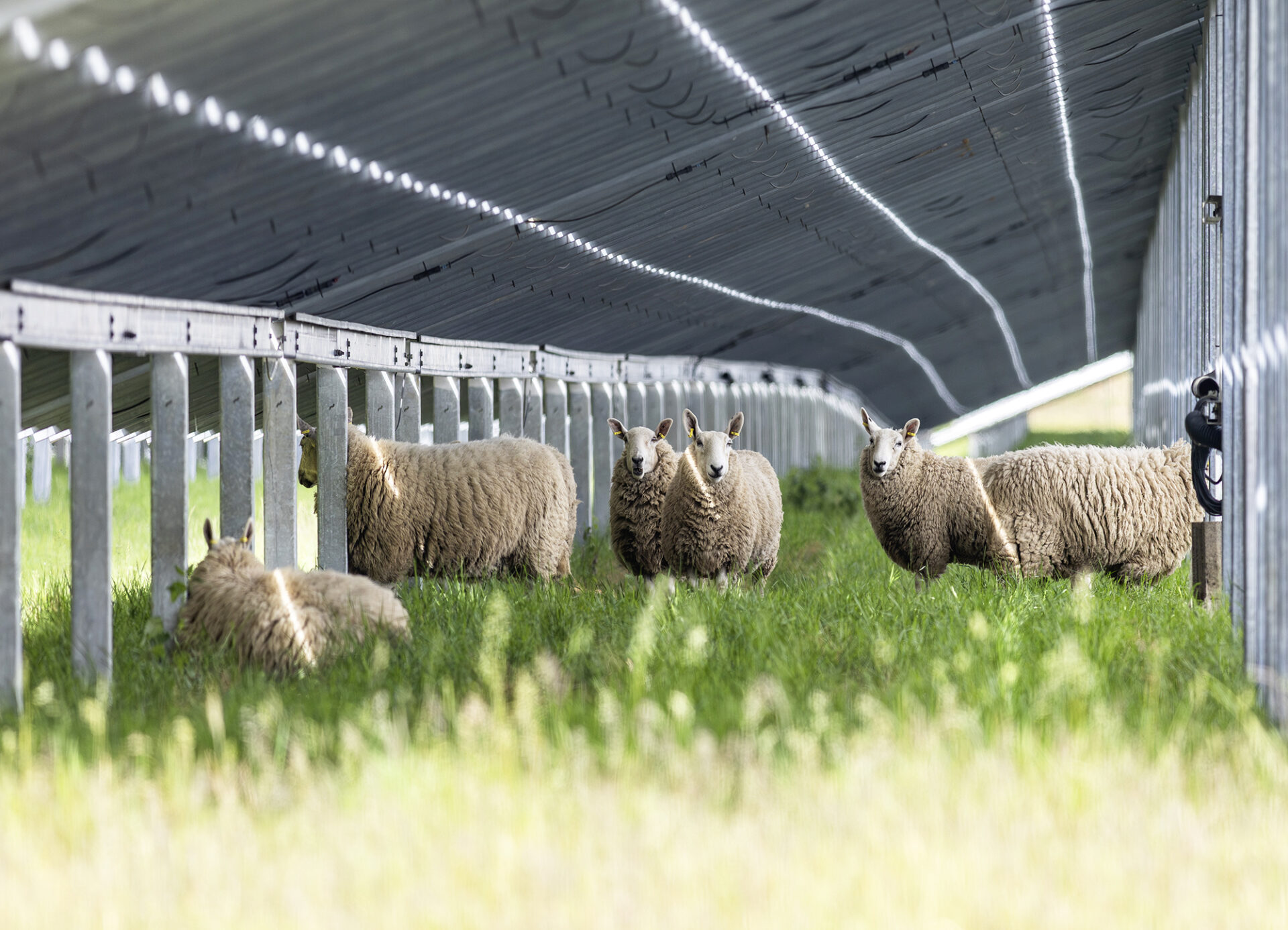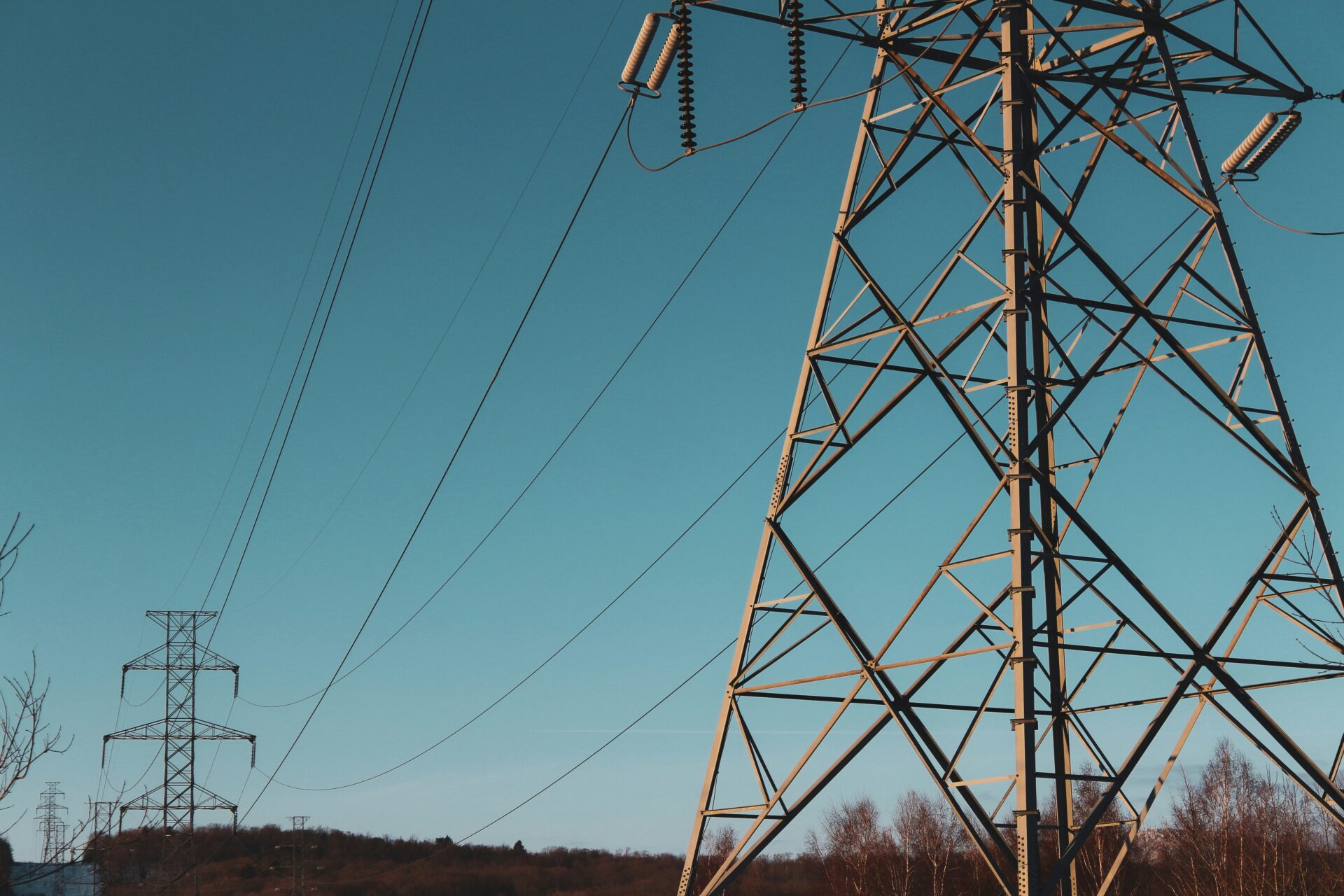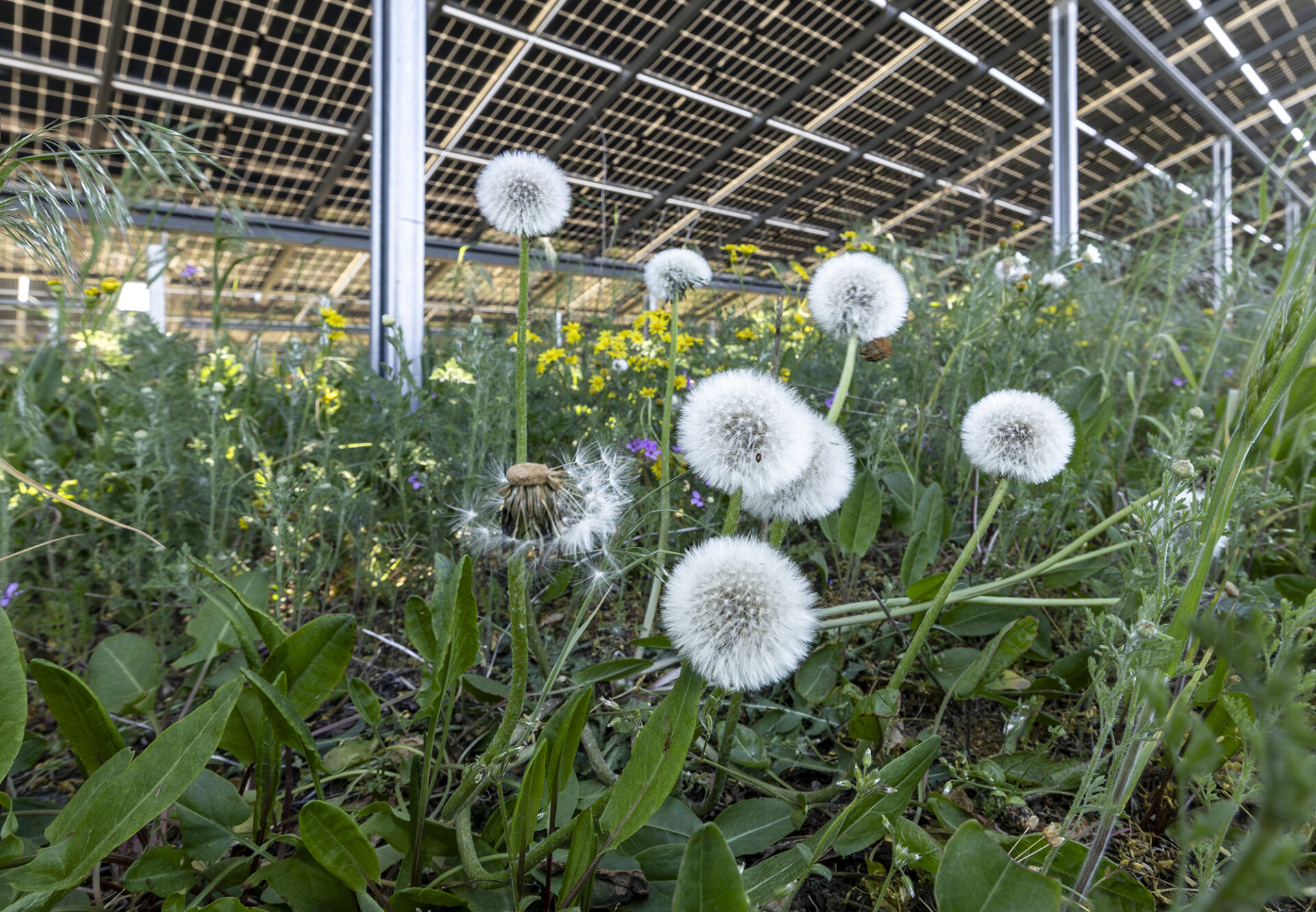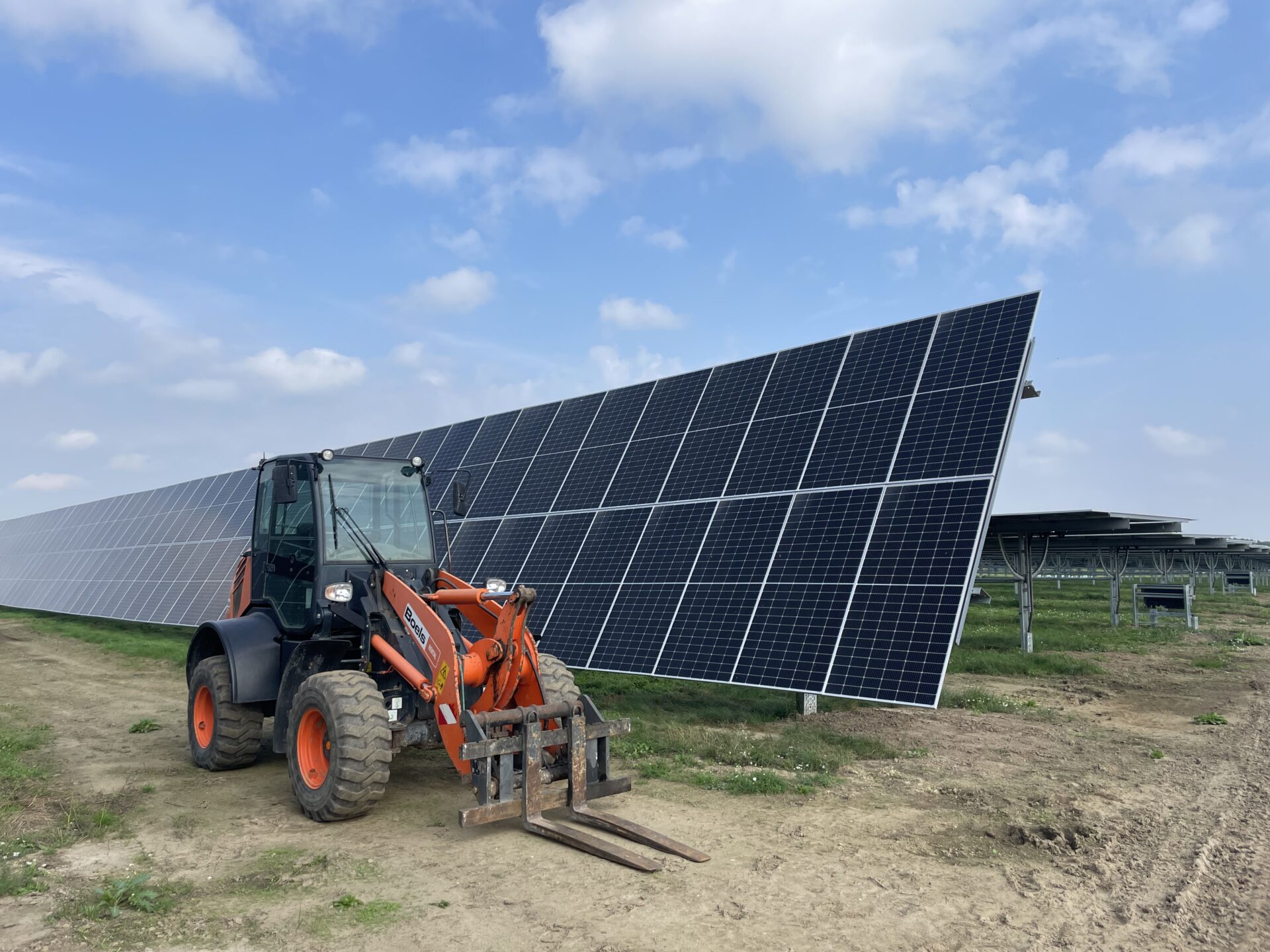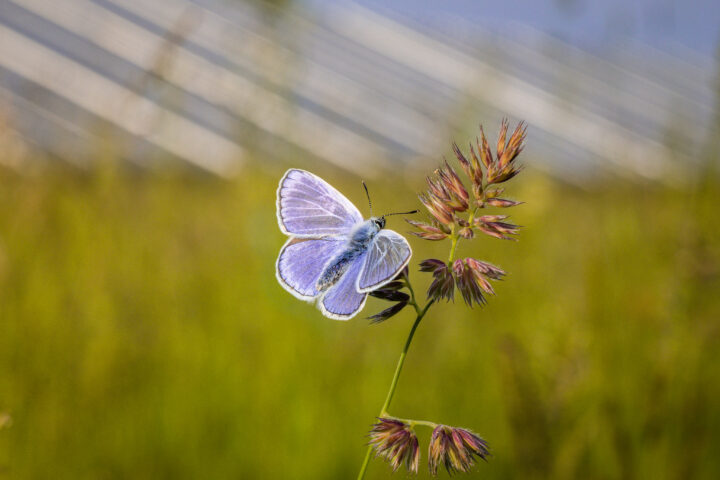Solar parks have long been more than places of electricity production. Between the module rows there is a Own living spacewho until now Barely understood is. Which plants grow there, how they develop and whether they are suitable as forage plants is currently being investigated by a Research team the University of Göttingen and the University of Cologne in her research project on the "Agricultural value of solar parks" . Yours Goal is to show how Combining energy production, agriculture and biodiversity leave.
Initial findings on the research project
In the Summer 2025 were the researchers on the road in several solar parks - among others in Klein Rheide, Lauterbach and Gift of God. They collected Samplesled Measurements through and documented meticulously every detail. This work is tedious, but crucial. Because only through Precise data collection can be used to show what influence the solar modules really have.
In order to make the research more tangible, the SonneSammeln the scientists for a day at the Klein Rheide solar park. The video shows how complex and fascinating this work is. With patience, precision and passion, knowledge is created here that extends far beyond the energy transition.
First results indicate this, that solar parks actually promote diversity on grassland can. The modules create Different light and humidity conditions. This creates niches in which new plant species can grow. In the long term, this could not only Strengthen biodiversitybut also new forms of agricultural utilisation enable.
More about the research project
What is being analysed?
The scientists are analysing, what exactly happens under and between the solar modules. They measure how Light, humidity and temperature to the Vegetation impact. They are interested in whether the Areas also suitable for animals. Sheep, for example, could in future not only look after the land, but also make a living from it.
How is the data collected?
The teams rely on traditional fieldwork and modern technology for their investigations. In addition to Plant samples and Soil analyses use them LiDAR scannerwhich uses laser pulses to achieve precise 3D image of the grassland create. This means that even the areas under the modules that are difficult to access with the naked eye are captured.
Further updates
The researchers will Interim results in autumn at the Forum SolarPlus. Beginning of 2026 follows a Webinar with initial analyses. One thing is already clear: this research is changing the way we look at solar parks. It shows that not only electricity is generated under the modules, but also new habitats - and perhaps the model for sustainable agriculture of the future.
